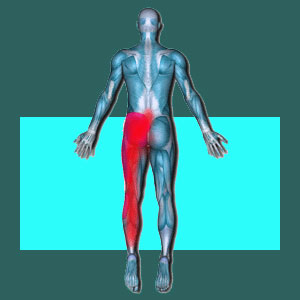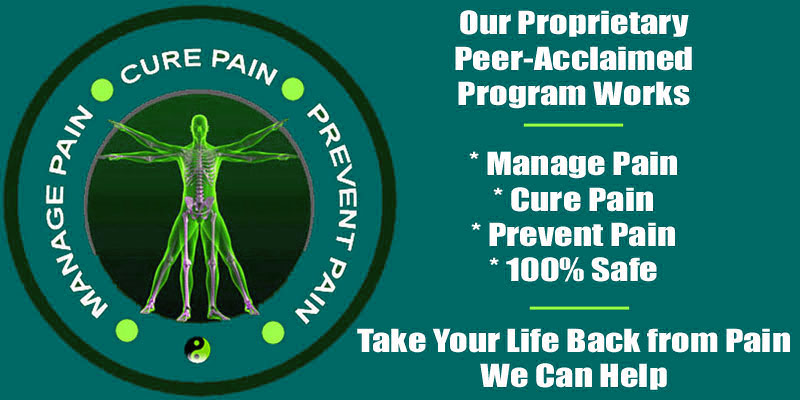
Sacroiliac acupressure is a form of constructive, conservative treatment that is most often employed for SI joint dysfunction. Acupressure has limited uses for treating the SIJ and is not indicated for a variety of joint diagnoses that do not involve the soft tissues which regulate joint functionality and ROM.
What exactly is acupressure and how can it help patients who do demonstrate sacroiliac joint dysfunction due to ligamentous concerns? This is the important question that will be explored during the course of this extremely focused essay.
This discussion details the use of acupressure treatment for sacroiliac joint dysfunction. We will discuss the pros and cons of acupressure therapy and provide some important facts that all patients should understand prior to seeking care. If you are seeking a nonsurgical, nonpharmaceutical method of care for SIJ dysfunction, then this article is perfectly suited for your research needs.
What is Sacroiliac Acupressure Treatment?
Acupressure is very similar to acupuncture, except that it utilizes direct pressure into the body instead of needles. Pressure is applied to highly specific points on the anatomy which are known to produce highly specific effects. These points often reside in channels called meridians, through which life energy flows through the body. This life energy is called qi or chi.
Acupressure is not supported by western medicine, but has been used of thousands of years in Oriental medicine, including its origin, Traditional Chinese Medicine or TCM, one of the largest healthcare sciences in the world.
The topic of energy treatment is very complicated and we have already much about both acupressure and acupuncture on all of the sites of The Cure Back Pain Network. If you are really interested in how it works, we definitely recommend using our search function to find each article or utilize the site map of each resource to satisfy your research needs.
For sacroiliac joint dysfunction, acupressure can be utilized in an attempt to treat and possibly resolve problematic hyperlaxity or hyper-tension within the ligaments which regulate the joint. This is the basis for treatment and the subject of the remainder of this discussion.
SIJ Acupressure Benefits
Let’s look at some definite benefits of using acupressure for treating sacroiliac joint dysfunction:
Acupressure is constructive care, meaning it encourages good health and does not have any negative health consequences. Acupressure is noninvasive and nonpharmacological in nature, which is awesome.
Acupressure is complementary to other forms of care, including traditional medical and alternative care practices.
Acupressure provides most of the benefits of acupuncture without the need for needling.
Acupressure might be useful in helping to relieve tension and laxity concerns in the SIJ in some patients temporarily or even permanently.
Acupressure treatment can be provided by many different types of caregivers, including trained physicians, physical therapists, acupuncturists, massage therapists, chiropractors and more.
Acupressure can even be available as a form of self-treatment for patients who are willing and able to learn the techniques which will work well for them. This is ideal for patients with limited access to healthcare services or limited financial resources to pay for professional treatment.
Sacroiliac Acupressure Downsides
Not everything about acupressure is positive. In fact, there are some serious downsides to consider, as well. Let’s look at the limitations and possible risks of acupressure therapy for sacroiliac joint pain:
Many cases of SIJ dysfunction are misdiagnosed. In these cases, the treatment might prove to be ineffective and might even be contraindicated if another true structural pathology exists in the sacroiliac joint.
There is no guarantee that acupressure will work well, even when the diagnosis is sound and the patient is indicated for treatment. Treatment statistics are largely hit or miss.
Some patients will require additional or alternative care to overcome particular varieties of SIJ dysfunction, such as physical therapy, exercise, stretches or even structural intervention.
Acupressure often does not enjoy health insurance coverage and might need to be paid for out of pocket at potentially very high cost.
Some acupressure therapies will only provide temporary relief and therefore might qualify as symptomatic, rather than curative treatment, and may have to be continued at financial expense long-term.
Sacroiliac Joint Pain > Sacroiliac Treatment > Sacroiliac Acupressure





